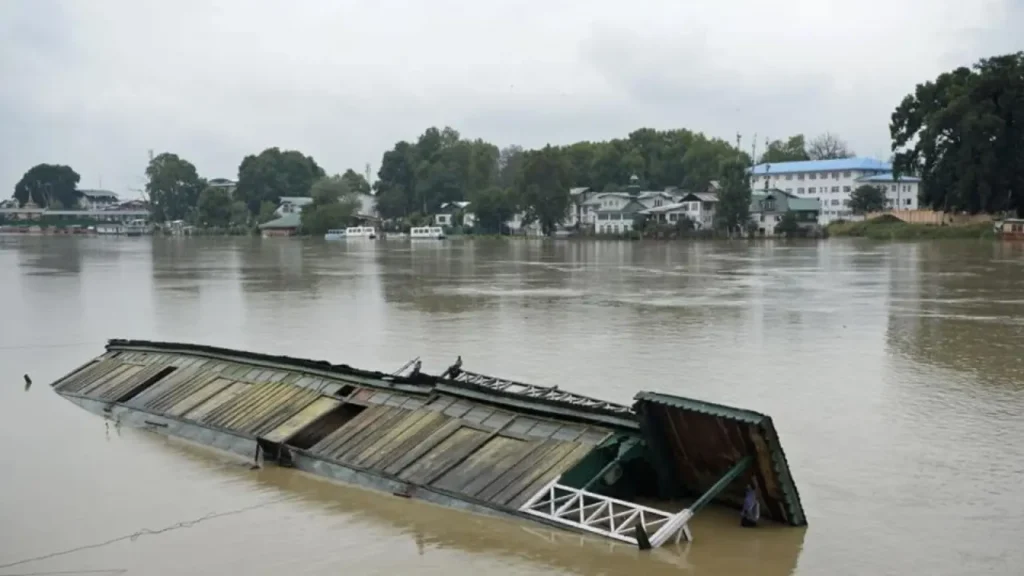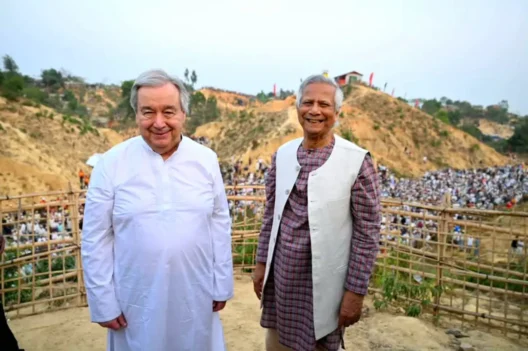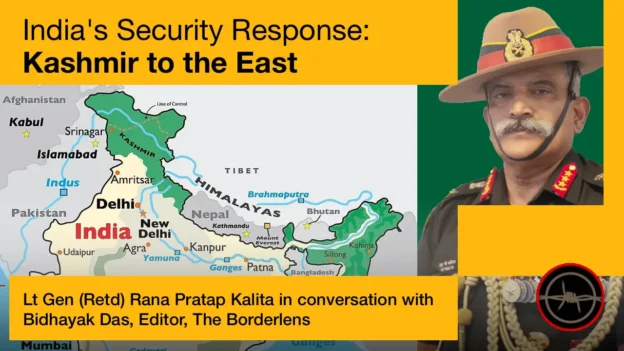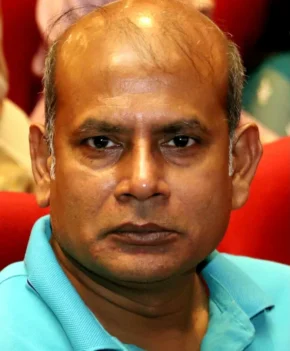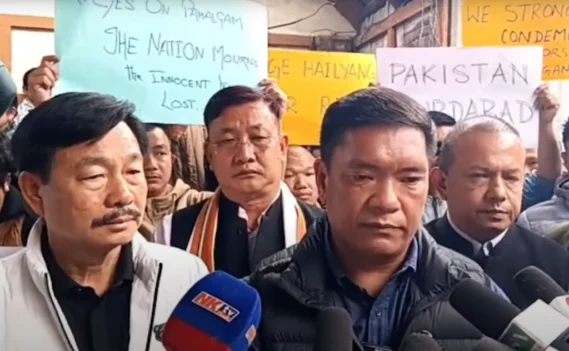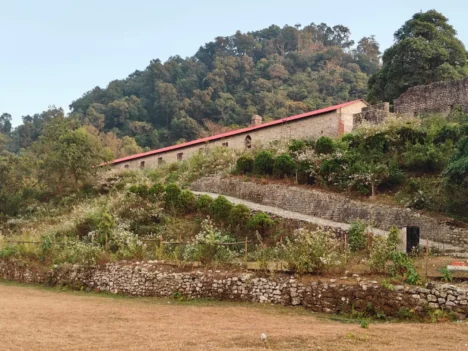The sudden rise in the water level of the Jhelum river sent waves of panic across Pakistan-occupied Kashmir (PoK), fuelling speculation and political rhetoric at a time when New Delhi has mounted severe pressure on Islamabad for its continued patronage of cross-border terrorism. The overflowing river, which flows from Jammu and Kashmir into Pakistan, was hastily interpreted by many mainstream Pakistani media outlets as a calculated move by India — a supposed aftereffect of New Delhi’s stern diplomatic offensive following the barbaric Pahalgam terror attack that claimed 26 innocent Indian tourists on 22 April 2025.
Leading newspapers and television channels based in Islamabad, Lahore, and Karachi were quick to attribute the swelling waters to India’s purported suspension of the 65-year-old Indus Waters Treaty (IWT), an agreement signed in 1960 between Prime Minister Jawaharlal Nehru and President Mohammed Ayub Khan. After the Pahalgam tragedy, New Delhi had indeed launched a series of strong diplomatic measures — suspending visa services for Pakistani nationals, closing the Attari-Wagah integrated check-post, and declaring that the IWT would be held in abeyance until Pakistan credibly abjured support for terrorism. The National Investigation Agency (NIA) simultaneously took over the investigation of the terror attack.
Against this backdrop, The Express Tribune reported on 27 April that Jhelum’s sudden surge in Muzaffarabad had caused widespread fear, prompting the administration to declare a water emergency. Mosque loudspeakers across riverside settlements warned residents to take precautionary measures, while emergency protocols were launched overnight. Similarly, The News International highlighted that a “severe flood” in Jhelum had left the local population panicked, accusing India of violating international river agreements.
‘Daily Times’ claimed that India had “suddenly released water into the Jhelum river without informing Pakistan,” causing a sharp spike in water levels near Muzaffarabad. ‘Dunya News’ echoed the same, alleging an eight-foot rise in the river’s level, while ‘Pakistan Today’ pointed to similar conditions in Chakothi. ‘Ary News’ speculated that a large quantity of water was released deliberately to create a flood-like situation. The local disaster management authority alleged that the Uri hydroelectric project on the Indian side had discharged the water.
Yet amid the rhetoric, water experts cautioned against jumping to conclusions. The sudden swelling of the Jhelum could also be attributed to the melting of seasonal snow and heavy rains across Kashmir’s catchment areas — natural phenomena expected at this time of the year. Incidentally, the river’s level subsided by the very next day, easing fears temporarily. The experts further warned that such natural factors, if ignored, could mislead the narrative, and if any reservoir flushing operation did occur, it could have been a standard operational procedure rather than an act of hostility.
Importantly, rain had already started across the region, adding to water levels. Seasonal flooding during spring is common in both Kashmir and Punjab, and can be exacerbated by a combination of snowmelt, rainfall, and natural water discharges. It is worth noting that accusations against India over alleged “sudden water releases” are not new — similar claims have often surfaced in Bangladesh, without any credible evidence to back them.
The pattern reflects a familiar playbook often employed by sections of Pakistan’s media and establishment, particularly when faced with strong Indian diplomatic posturing. With New Delhi adopting an unyielding stance after the Pahalgam massacre, it was expected that Islamabad would attempt to shift narratives and whip up public sentiment through such allegations. As some observers noted, the ruling Punjabi elite of Pakistan are known for resorting to such diversionary tactics during periods of internal and external pressure.
The flood rhetoric also fits into a larger pattern of Pakistani desperation to counter India’s firm posture post-Pahalgam. With New Delhi taking an uncompromising position and mobilising international opinion against Pakistan’s terrorist networks, Islamabad’s media machinery appears increasingly anxious to deflect attention. Some analysts even point out that the Punjabi ruling elite of Pakistan has historically resorted to such diversionary tactics — using flood scares, water disputes, and other emotional issues to whip up nationalist sentiment and shift focus from internal vulnerabilities.
Meanwhile, India has remained restrained, refraining from responding to the flood allegations directly. The water levels, incidentally, declined by the very next day to more manageable levels, further undermining the alarmist narratives.
In another significant move, New Delhi issued a strong advisory to all media platforms, particularly news channels, asking them to refrain from showing live coverage of defence operations or the movement of security forces following the 22 April attack. The Union Information and Broadcasting Ministry underlined that premature or source-based disclosures could jeopardise operational effectiveness and national security. Citing past experiences during the Kargil war, Mumbai terror attacks, and the Kandahar hijacking, the advisory reminded media organisations of their moral and legal responsibility to avoid live coverage that could aid hostile elements.
Specifically, the ministry reiterated adherence to Rule 6(1)(p) of the Cable Television Networks (Amendment) Rules, 2021, which prohibits live coverage of anti-terrorist operations. Only official, periodic briefings by designated officers are permitted until operations conclude, and violation of these norms could invite legal action.
In sum, while Pakistan’s flood narrative quickly found traction in its domestic media, the reality points to a combination of seasonal factors, opportunistic rhetoric, and a desperate attempt to shift focus after India’s decisive diplomatic and strategic counteroffensive in the aftermath of the forgotten story of the Pahalgam massacre.

